Invented in the mid-19th century, the vacuum cleaner has undergone a dramatic transformation since its early days as a large, unwieldy machine. Today, the vacuum cleaner is an essential appliance in many homes and businesses. Although the vacuum cleaner has been around for more than 150 years, its history is relatively short.
The first vacuum cleaners were large, bulky machines that were difficult to operate, and were patented in the United States in the early 1860s, but these early machines were not very effective. The successful vacuum cleaner was the “Puffing Billy”, invented by British engineer Hubert Cecil Booth in 1901. A gasoline engine-powered booth machine was the first vacuum cleaner to use suction to remove dirt and dust from carpets.
In the early 20th century, vacuum cleaners became more popular and more efficient. The first electric-powered vacuum cleaners were introduced in the 1920s, and vacuum cleaners began to be mass-produced in the 1930s. Today, there are a wide variety of vacuum cleaners available, from small, handheld models to large, powerful machines.
1. Introduction
The vacuum cleaner has come a long way since its inception in the late 19th century. Today, vacuum cleaners are an essential household appliance found in homes all over the world. But how did the vacuum cleaner come to be?
In the late 19th century, the first mechanical vacuum cleaners were invented. These early vacuum cleaners were big and bulky, and not very effective. They were also very expensive, so only the wealthy could afford them.
It wasn’t until the early 20th century that vacuum cleaners became more affordable and more effective. This was thanks to the introduction of the electric vacuum cleaner. These new vacuum cleaners were much smaller and more convenient to use than their predecessors.
Today, vacuum cleaners are an essential part of keeping a home clean. They come in all shapes and sizes, from handheld to floor-standing models. There are even robotic vacuum cleaners that can clean your floors for you!
While vacuum cleaners have come a long way since their early days, they still serve the same basic purpose: to keep your home clean and dust-free.
2. Early Days: Sweeping the Way for Innovation (1860s – 1900s)
In the 1860s, the first ‘carpet sweepers’ were invented. These were manual devices, often pushed or pulled along the floor by a handle. The earliest models were quite primitive, consisting of a cylindrical brush that rotated when moved over the floor. A collector bag was attached to the underside of the sweeper to collect the dirt and debris.
As the demand for carpet sweepers increased, manufacturers began to develop new and improved designs. In the 1870s, a mechanical roller brush was introduced. This brush was rotated by a crank, which made it much easier to use than the earlier models. In the 1880s, the first powered carpet sweeper was invented. This was a major breakthrough, as it eliminated the need for manual power. The first powered carpet sweepers were quite large and bulky, however, and were only suitable for use in large commercial settings.
It was not until the early 1900s that the first compact, lightweight vacuum cleaners were developed. These early models were very similar to the carpet sweepers of the day, but they featured a powerful suction pump that could be powered by electricity. The first vacuum cleaners were very expensive, however, and only the wealthiest families could afford them. It was not until the 1920s that vacuum cleaners became more affordable and began to gain in popularity.
3. Electrifying Cleaning: Powering the Way to Efficiency (1900s – 1950s)
In the early 1900s, the first powered vacuum cleaners were developed. These early machines were bulky and difficult to use, but they marked an important step in the development of the vacuum cleaner. In the years that followed, many improvements were made to the design of the vacuum cleaner, making it smaller, lighter, and more powerful.
One of the most important advances was the development of the electric vacuum cleaner. These new machines were much easier to use than the earlier versions, and they quickly became popular. Electric vacuum cleaners quickly became an essential home appliance, and they remain so to this day.
The development of the electric vacuum cleaner was a major breakthrough in the history of the vacuum cleaner. These new machines were much more powerful and efficient than the earlier versions, and they quickly became popular. Electric vacuum cleaners quickly became an essential home appliance, and they remain so to this day.
4. Bagless Revolution and Canister Versatility (1950s – Present)
Though the first true vacuum cleaners were designed in the 1860s, it wasn’t until the early 1900s that they became widely available for purchase. These early machines were bulky, expensive, and not very effective. It wasn’t until the 1950s that a true revolution in vacuum cleaning occurred.
The first major innovation was the bagless vacuum cleaner. These machines, first introduced in the early 1950s, did away with the need for messy and expensive disposable bags. Bagless vacuums were much more efficient and cost-effective, and quickly became the standard.
Another major innovation came in the late 1950s with the introduction of canister vacuums. These versatile machines could be easily used on a variety of different floor types, making them much more versatile than the upright vacuums that were common at the time. Canister vacuums remain a popular choice to this day.
The vacuum cleaner industry has come a long way since the early days of bulky and expensive machines. Today’s vacuums are much more powerful, versatile, and affordable. Thanks to innovations like the bagless vacuum and the canister vacuum, cleaning your home is easier than ever.
5. The first vacuum cleaners were powered by electricity.
In the late 19th century, the first vacuum cleaners were powered by electricity. These early vacuum cleaners were large and bulky, and often required two people to operate them. Nevertheless, they were a significant improvement over the previous generation of vacuum cleaners, which were powered by hand cranks or steam engines.
As electricity became more widely available in the early 20th century, vacuum cleaners became smaller and more portable. The first handheld vacuum cleaners were introduced in the 1920s, and they quickly became popular for their convenience. Today, most vacuum cleaners are powered by electricity, and they come in a variety of sizes and designs to suit different needs.
6. The Rise of the Machines: AI and Automation Redefine Cleaning (Present to Future)
The internet has given rise to a new generation of cleaners- robots. These machines are becoming increasingly popular as they offer a number of advantages over traditional cleaning methods. They are able to clean more thoroughly and efficiently, and they can be controlled remotely, meaning that you can clean your home without even being there.
Robots are not just limited to cleaning floors either. There are now robots available that can vacuum your carpets, clean your windows and even do your laundry. In the future, it is likely that even more tasks will be automated, making our lives easier and freeing up our time for other activities.
The advantages of using robots are many, but there are also some disadvantages to consider. One is the cost- robots can be expensive to purchase and maintain. Another is that they can sometimes be disruptive, making noise and getting in the way.
However, overall, the advantages of using robots far outweigh the disadvantages, and it is likely that they will continue to become more popular in the years to come.
A LIST OF THE BEST ROBOT VACUUM CLEANERS TO MAKE YOUR DECISION EASIER
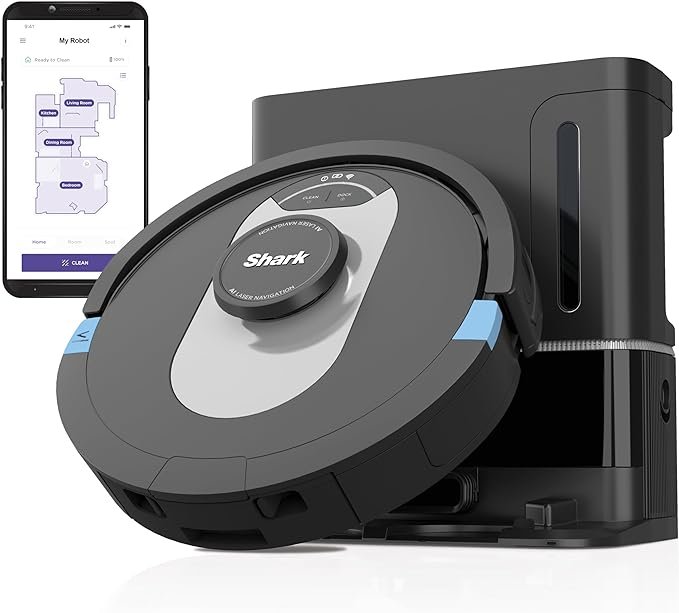 Shark RV2502AE AI Ultra Robot Vacuum with XL HEPA Self-Empty Base, Bagless, 60-Day Capacity, LIDAR Navigation, Smart Home Mapping, UltraClean, Perfect for Pet Hair, Compatible with Alexa, Black
Shark RV2502AE AI Ultra Robot Vacuum with XL HEPA Self-Empty Base, Bagless, 60-Day Capacity, LIDAR Navigation, Smart Home Mapping, UltraClean, Perfect for Pet Hair, Compatible with Alexa, Black
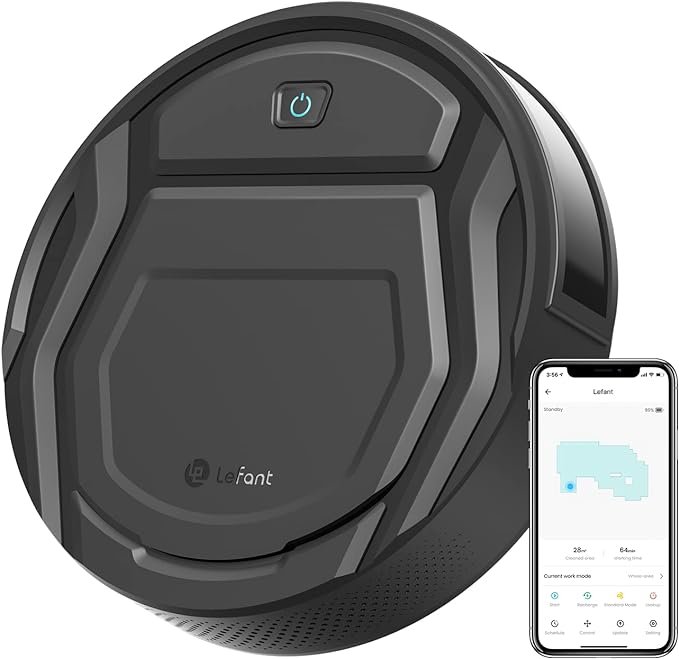 Lefant Robot Vacuum Cleaner with 2200Pa Powerful Suction,Tangle-Free,Wi-Fi/App/Alexa,Featured 6 Cleaning Modes,Self-Charging Slim Robotic Vacuum Cleaner, Ideal for Pet Hair, Hard Floor M210 Pro
Lefant Robot Vacuum Cleaner with 2200Pa Powerful Suction,Tangle-Free,Wi-Fi/App/Alexa,Featured 6 Cleaning Modes,Self-Charging Slim Robotic Vacuum Cleaner, Ideal for Pet Hair, Hard Floor M210 Pro
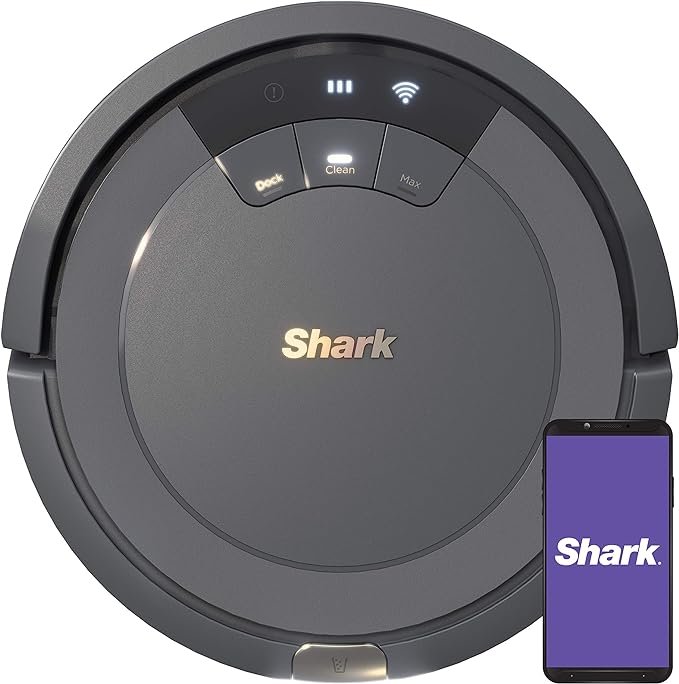 Shark AV753 ION Robot Vacuum, Tri-Brush System, Wifi Connected, 120 Min Runtime, Works with Alexa, Multi Surface Cleaning, Grey
Shark AV753 ION Robot Vacuum, Tri-Brush System, Wifi Connected, 120 Min Runtime, Works with Alexa, Multi Surface Cleaning, Grey
 Shark AV1010AE IQ Robot Vacuum with XL Self-Empty Base, Bagless, 45-Day Capacity, Advanced Navigation, Alexa & Wi-Fi, Multi-Surface Brushroll, for Pets, Dander & Dust, Carpet & Hard Floor, Black
Shark AV1010AE IQ Robot Vacuum with XL Self-Empty Base, Bagless, 45-Day Capacity, Advanced Navigation, Alexa & Wi-Fi, Multi-Surface Brushroll, for Pets, Dander & Dust, Carpet & Hard Floor, Black
 Shark IQ Robot Vacuum AV970 Self Cleaning Brushroll, Advanced Navigation, Perfect for Pet Hair, Works with Alexa, Wi Fi, xl dust bin, A black finish
Shark IQ Robot Vacuum AV970 Self Cleaning Brushroll, Advanced Navigation, Perfect for Pet Hair, Works with Alexa, Wi Fi, xl dust bin, A black finish
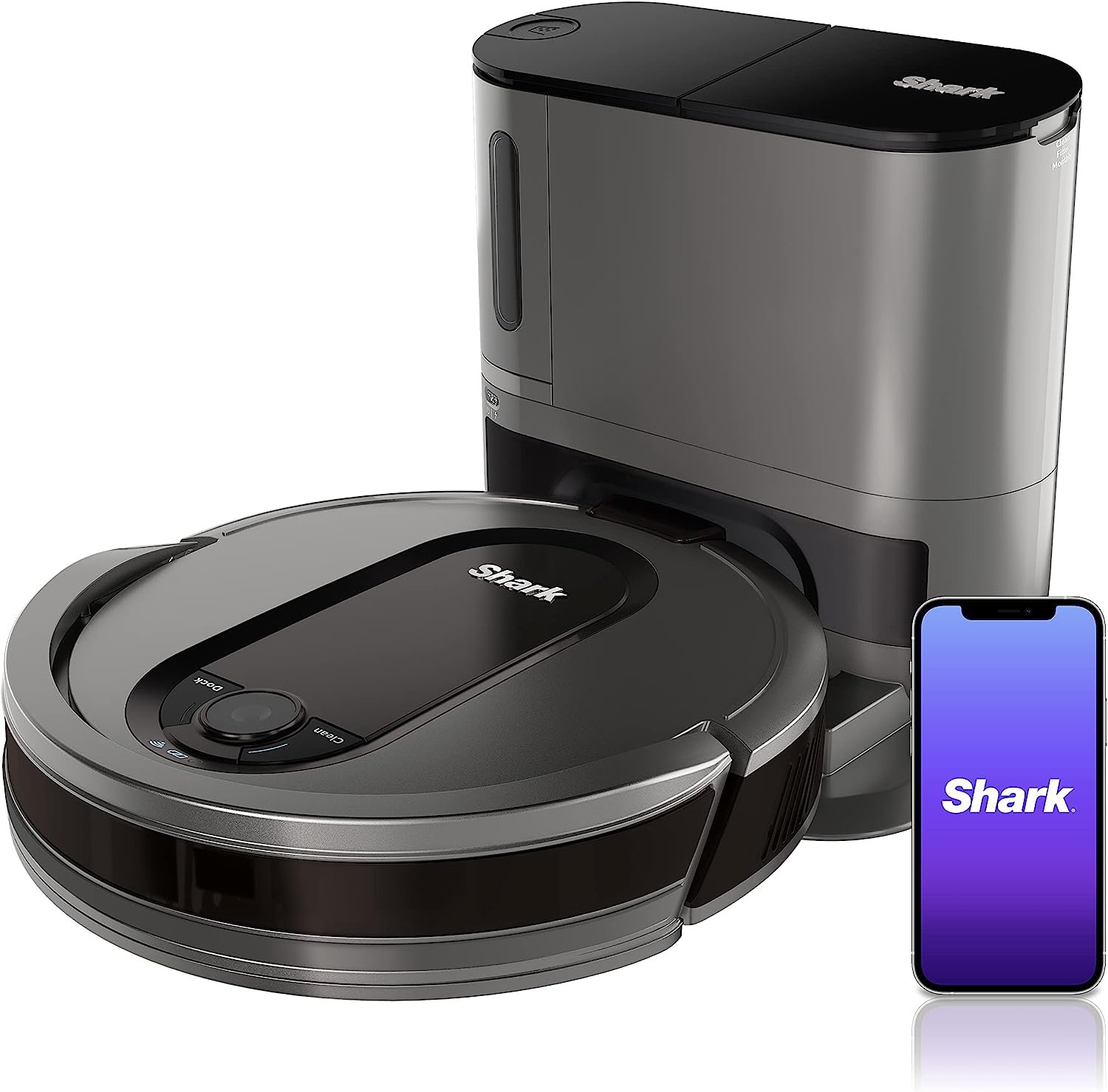 Shark AV911S EZ Robot Vacuum with Self-Empty Base, Bagless, Row-by-Row Cleaning, Perfect for Pet Hair, Compatible with Alexa, Wi-Fi, Gray, 30 Day Capacity
Shark AV911S EZ Robot Vacuum with Self-Empty Base, Bagless, Row-by-Row Cleaning, Perfect for Pet Hair, Compatible with Alexa, Wi-Fi, Gray, 30 Day Capacity
7. Conclusion: A Legacy of Innovation
The history of vacuum cleaners is a testament to human ingenuity. From humble beginnings to the AI-powered marvels of today, these devices have consistently evolved to make our lives cleaner and easier. As technology advances, one thing remains certain: pursuing a dust-free existence is far from over.
The vacuum cleaner has come a long way since its inception in the early 1800s. starting out as a large, cumbersome machine that was difficult to move and operate, the vacuum cleaner has evolved into a small, lightweight, and powerful appliance that is relatively easy to use. While the vacuum cleaner may not be the most glamorous or exciting appliance in the home, it is nonetheless an essential part of modern life, and its history is one of innovation and refinement.
The need for speed: the history of the vacuum cleaner is a fascinating one. From the early days of the broom to the modern day vacuum, the journey has been one of speed and convenience. With the ever- increasing demands of the modern consumer, the vacuum cleaner has had to adapt and evolve to meet these demands. Today, the vacuum cleaner is an essential household appliance, and one that shows no signs of slowing down.



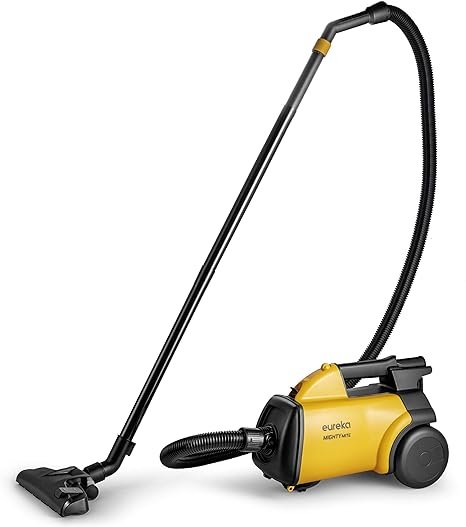

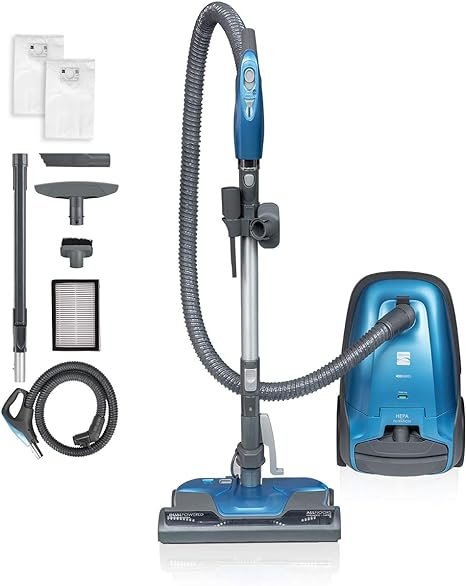
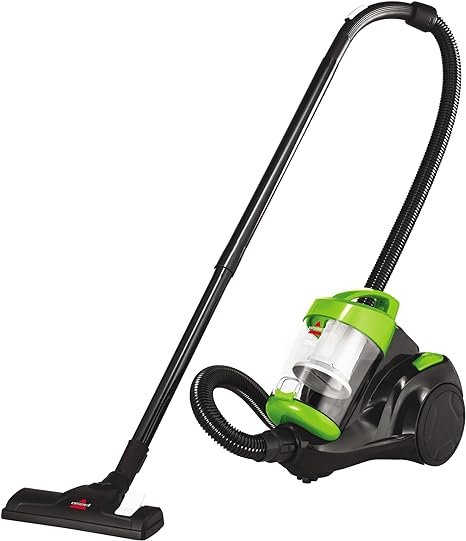
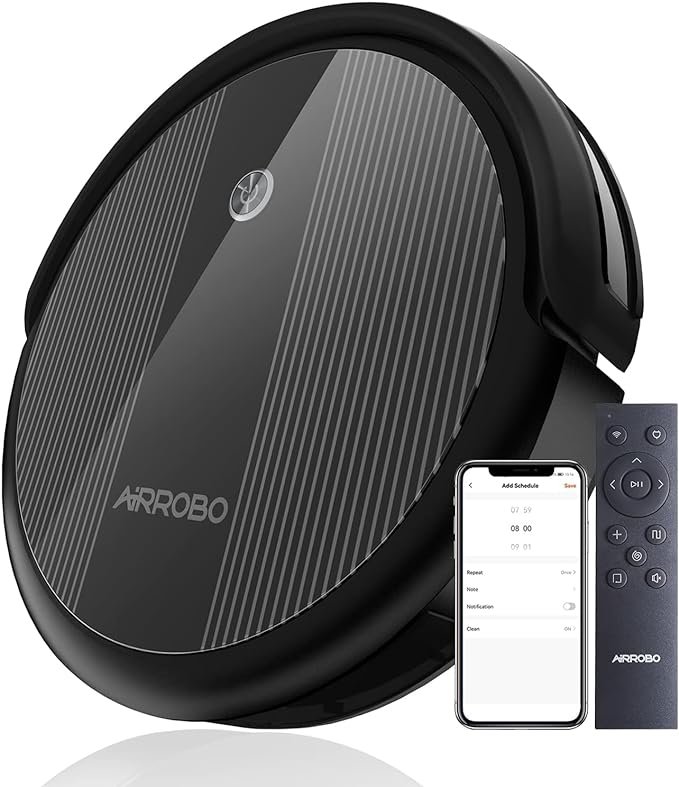 AIRROBO Robot Vacuum Cleaner, 2600Pa Strong Suction Power Robotic Vacuums, WiFi Connected, App Control, Works with Alexa and Google Home, Self Charging, Ideal for Hard Floor, Carpet, Pet Hair, P10
AIRROBO Robot Vacuum Cleaner, 2600Pa Strong Suction Power Robotic Vacuums, WiFi Connected, App Control, Works with Alexa and Google Home, Self Charging, Ideal for Hard Floor, Carpet, Pet Hair, P10 iRobot Roomba i4+ EVO Self Emptying Robot Vacuum – Empties Itself for up to 60 Days, Clean by Room with Smart Mapping, Compatible with Alexa, Ideal for Pet Hair, Carpets
iRobot Roomba i4+ EVO Self Emptying Robot Vacuum – Empties Itself for up to 60 Days, Clean by Room with Smart Mapping, Compatible with Alexa, Ideal for Pet Hair, Carpets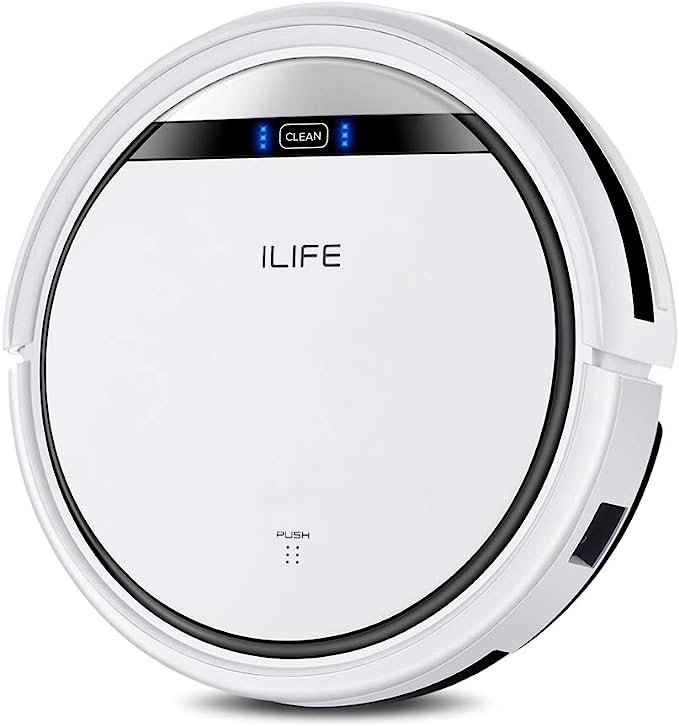 ILIFE V3s Pro Robot Vacuum Cleaner, Tangle-free Suction , Slim, Automatic Self-Charging Robotic Vacuum Cleaner, Daily Schedule Cleaning, Ideal For Pet Hair,Hard Floor and Low Pile Carpet,Pearl White
ILIFE V3s Pro Robot Vacuum Cleaner, Tangle-free Suction , Slim, Automatic Self-Charging Robotic Vacuum Cleaner, Daily Schedule Cleaning, Ideal For Pet Hair,Hard Floor and Low Pile Carpet,Pearl White

